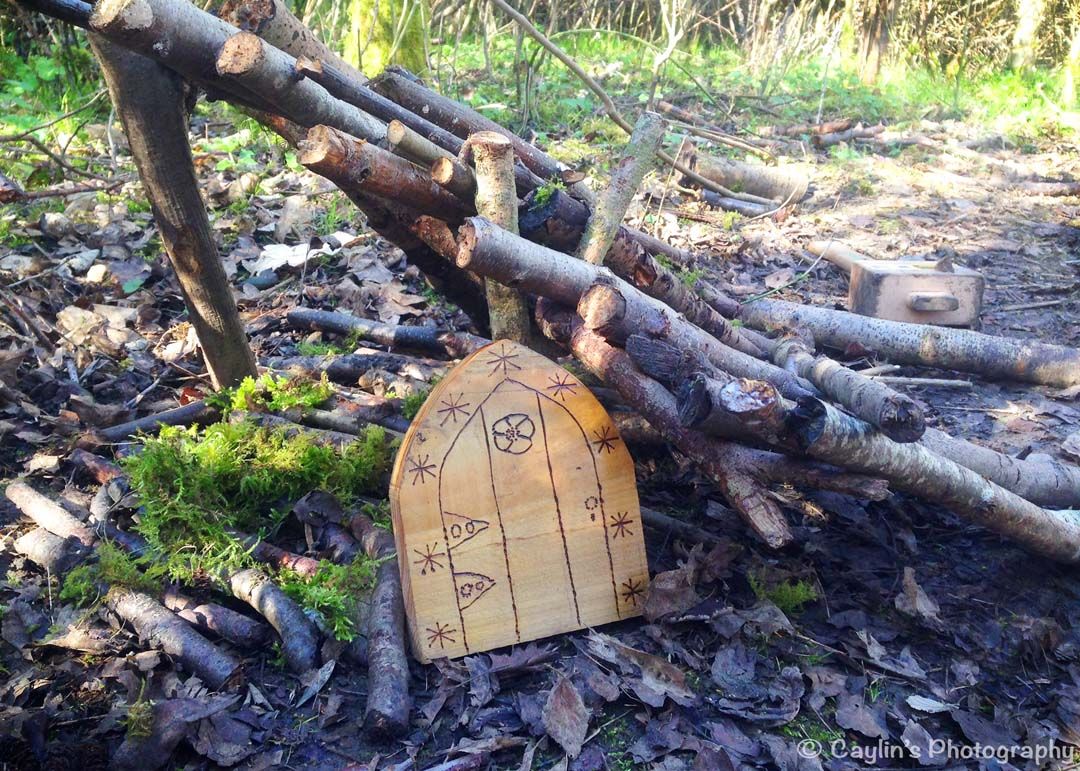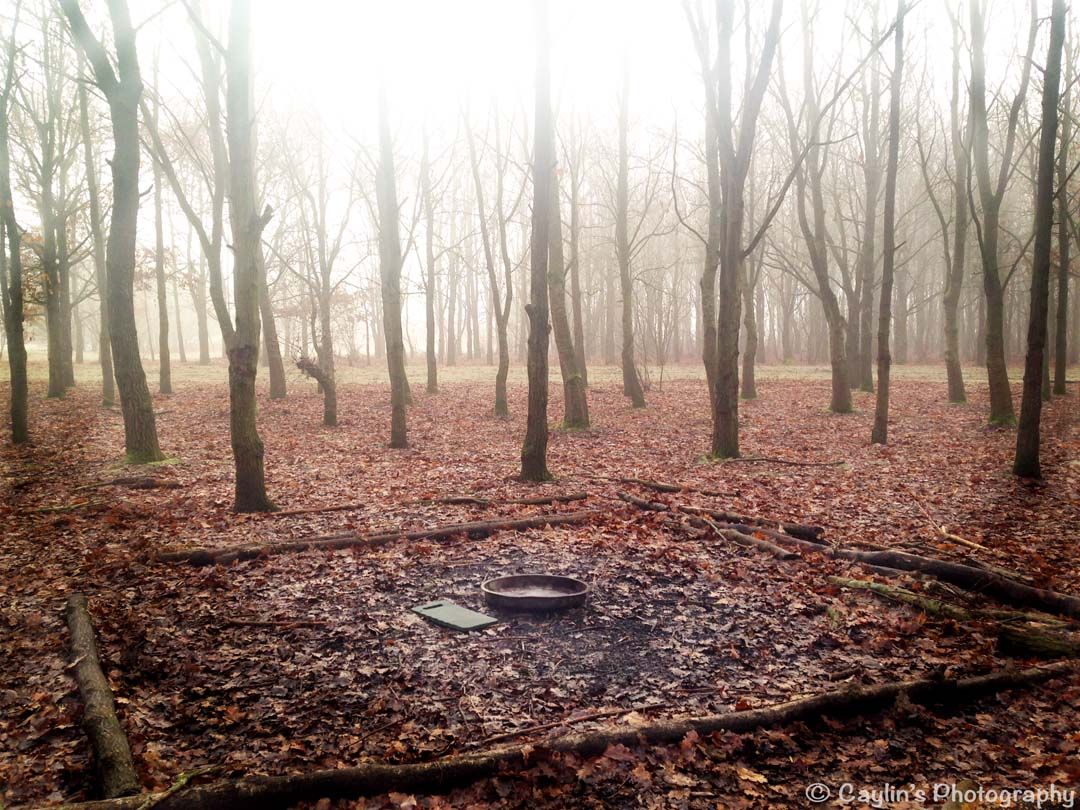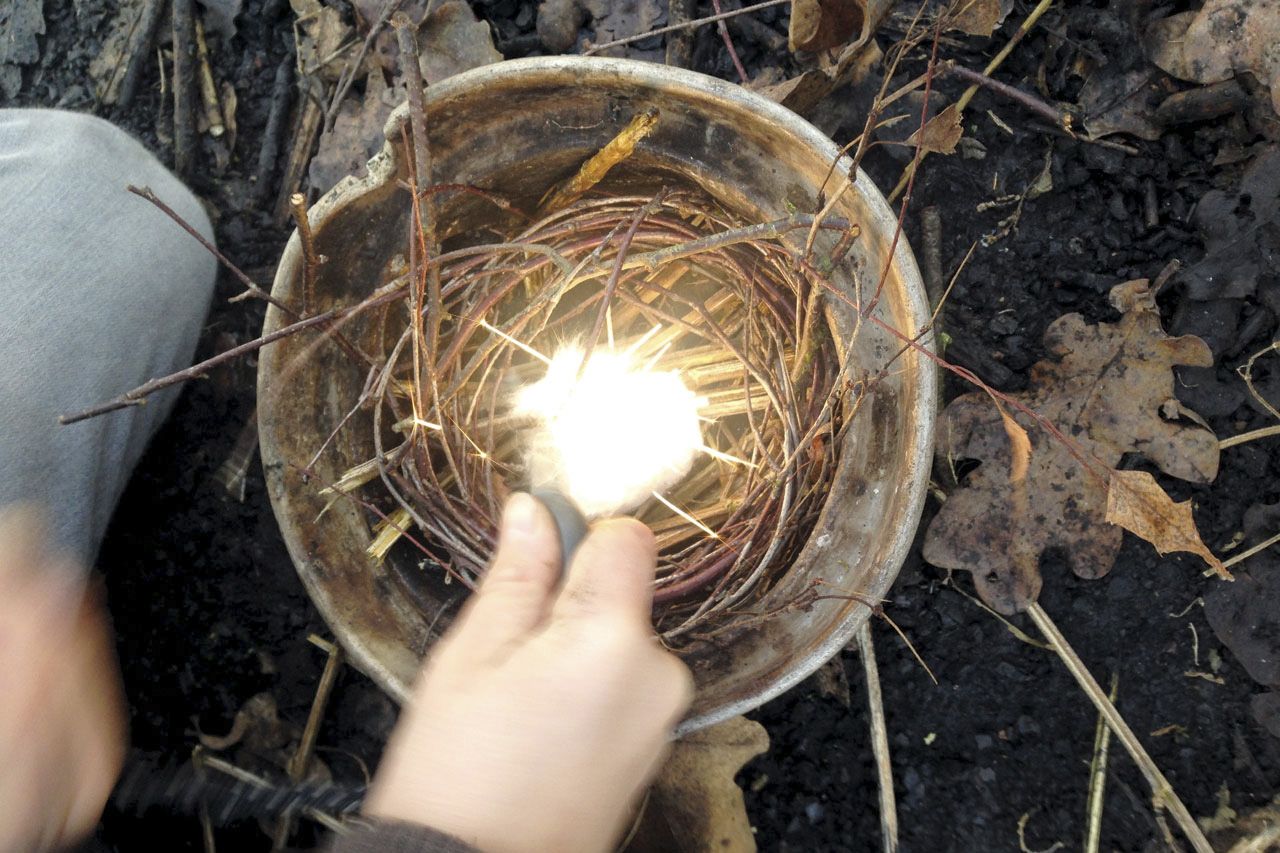
Blog
Stories from my personal journey learning about and delivering Nature-rooted programs across three different countries
The Forest School Formula – exploring what 'long-term' really means...
Caylin (Forest Schooled)

Empty space, drag to resize
Short on time? Listen to this blog post as a podcast. And subscribe to my podcast channel on Apple Podcasts, Google Podcasts, or Spotify.
There has been a lot of discussion (both historically and recently) amongst the Forest School community with regards to what truly defines Forest School.
Recently, a particular focus has been about clarifying what the meaning of “long-term” is within the Forest School Principles. The current definition includes things like frequent and regular sessions, spanning across the seasons, or at least experiencing different seasons. There are many benefits of Forest School being a long term programme, such as:
- Being able to observe, adapt, reflect, and plan according to the needs of the individuals/group
- Having time to develop relationships with the natural environment
- Building and developing social relationships
- Building upon and improving skills (Forest School Association, 2017)
The pressing question is, "How long does it take to achieve this?" I don't have the answer to that... but a question I've been exploring lately is, how important is it for the location and the individuals within a group of participants to remain the same over that long-term period?
What prompted this was the memory of a situation a while back when helping with a Forest School programme at an after school setting. It was week 2 of the programme and it was raining. The adults had a discussion about how to proceed with the session and someone suggested that we could just run activities in the covered outdoor area just outside of the school instead of walking the group down to the area of local green space we had been using before. Their perspective was that as long as the kids were able to take part in the activities outside, then we'd still be providing Forest School.
Another time I was working with two different groups from the same school. One week the school decided to mix up the groups and sent half of one group with half of the other group. Their view was that all the kids were still getting their “Forest School experience” even if they weren't doing it with the same peers they'd been with during the previous weeks of the programme...
In these two scenarios, the participants were still getting outdoors every week, technically fulfilling the long-term aspect of the ethos. However they weren't necessarily doing it in the same place or with the same people each time. My question is, does this matter?
I'm inclined to think it does. My reasoning? Well, Forest School is about building relationships – with the natural world, with others, and also with the self. And the development of any strong relationship requires time and proximity - The more time you spend in the presence of a particular person, thing, or place, the quicker and better you get to know it.
The significance of such relationships is that once you know someone or something, you notice when things change... and even more significantly, the more you care when it does.

For example, I remember when I was little I was given a small potted marigold plant to look after. For some reason I got really attached to this marigold and checked on it every single day. Well, like all annual plants, the marigold had a short, finite lifespan and I noticed that after a period of time the flowers were wilting and the plant was starting to die. Being at a such a young age, I couldn't understand that it was just part of its lifecycle and I remember feeling distraught that I was losing my marigold.
My parents must of have noticed and, in an effort to sooth my distress, they replaced my dying marigold with a fresh and healthy one overnight without telling me. The next day when I went to check on my plant I noticed that it was perky and all its flowers had reappeared! At first I was ecstatic that it seemed to be back to full health. However, upon closer inspection I noticed that the leaves and stems were in the wrong place and the whole plant just looked really, really different...
That's when I knew. It was not MY marigold. My distress returned and my poor parents had to deal with the ridiculous overreactions of an emotional five year old grieving the loss of a plant... Oh to be young again, right?!
The point is that when we get to know something really well (even if it's just a marigold plant) we notice when it changes. Just like we might not realise when a stranger has just drastically changed their hairstyle, but we sure do when it's our best friend or family member!

So, when a Forest School programme manages to get the same group of kids out into the same area of natural space over a long period of time, it can become an incredibly potent formula.
That's when the kids start to notice when a mushroom pops up in a place it hadn't been the week before or a track is left behind by a visiting creature they've yet to see.... They notice the support and encouragement they receive from their peers and the facilitators as social connections are forged and strengthened... And they notice personal growth in themselves, recognising they can achieve more than they were able to the week/month/year before, like tie a knot or resolve a social conflict they'd previously struggled with...
And even better, they care.
They care about their own learning and development (even if sometimes they don't realise that's what they're doing), they care about the community of people they're working and playing with, and they care about the plants and animals they've come to know in in their natural space.
I remember asking one boy who had spent week after week climbing the same tree over and over what he loved most about Forest School. His response? “My tree,” with a big grin. What's the significance of this? He could have said, “The tree.” But the climbing tree wasn't just any tree anymore. It was special. He felt connected to it. It was his tree.
To me, that is the Forest School formula...
Note: I completely understand that the views in the post are very idealistic and that sometimes reality just can't match up. There are so many barriers for so many people that prevent them from achieving 'true Forest School', whatever that may mean to them. This post is not meant to discourage or alienate anyone struggling with these challenges, but rather to open up discussion about why it can be important to keep reaching for such high standards even if it's extraordinarily difficult to get there. Just want to say I'm with you and you can read about some of my own struggles with trying to provide 'true Forest School' when the barriers are just too great to overcome at Is Forest School Defined in the Heart or by the Hand?❤️
References:
Forest School Association (2017) FSA Guidance Note: Principle 1 Long-term Forest School Programme, http://www.forestschoolassociation.org/fsa-guidance-note-principle-1-long-term-forest-school-programme/, 22/07/2017.
More Posts
WANT TO GET FOREST SCHOOLED TOO?
Subscribe to my email letters, something special from me to you so we can learn together. Each one is filled with heart-felt stories from the forest, resources you may find useful, and things that hopefully bring a smile too.
Thank you!
© by FOREST SCHOOLED
